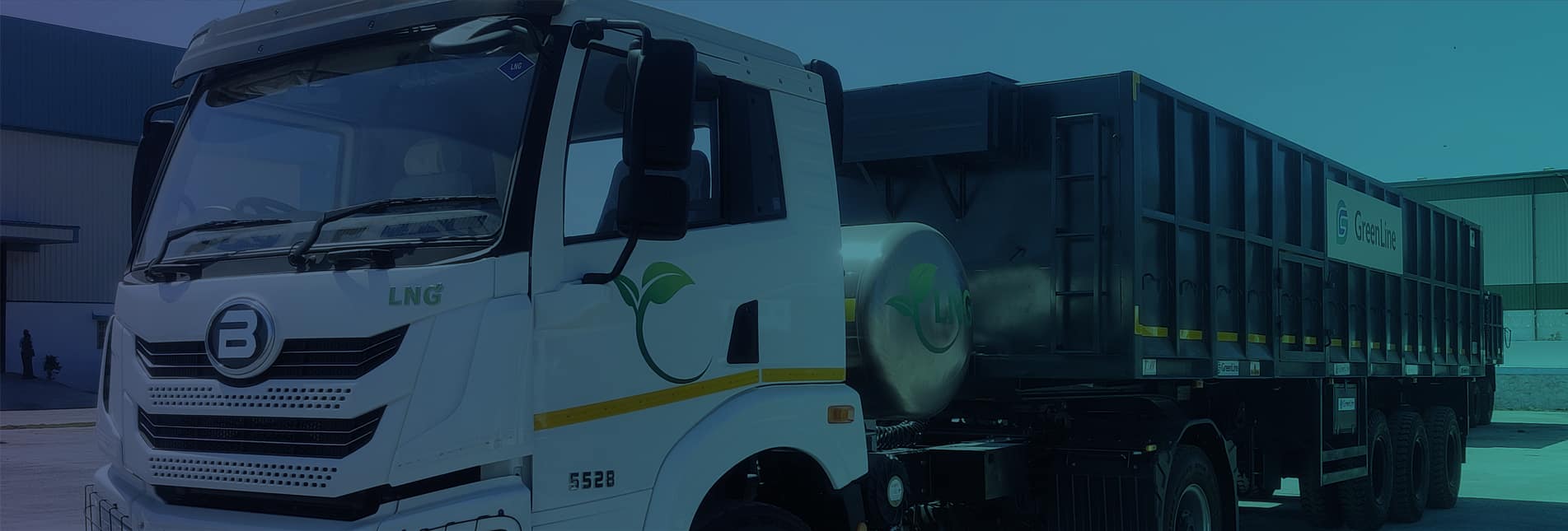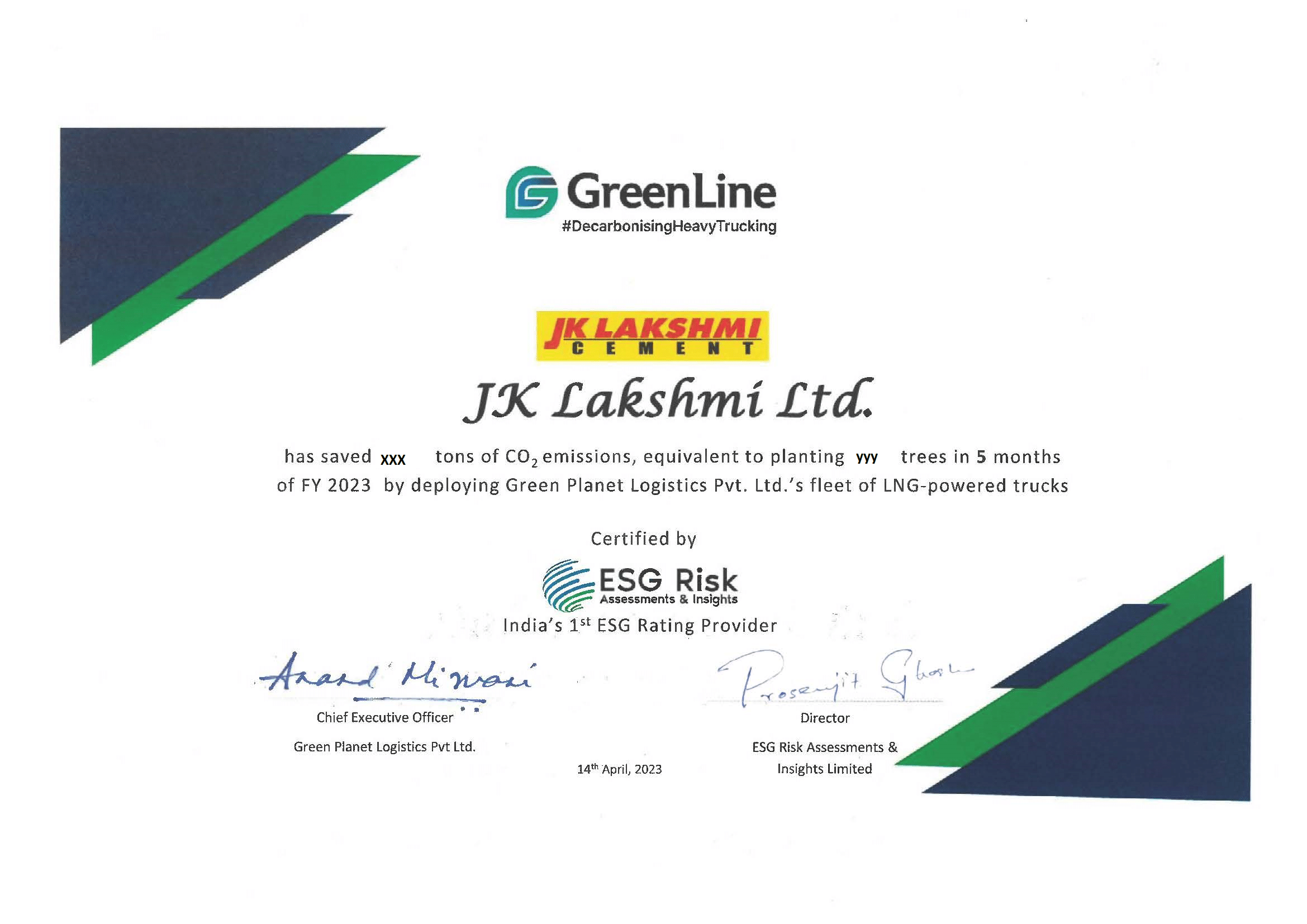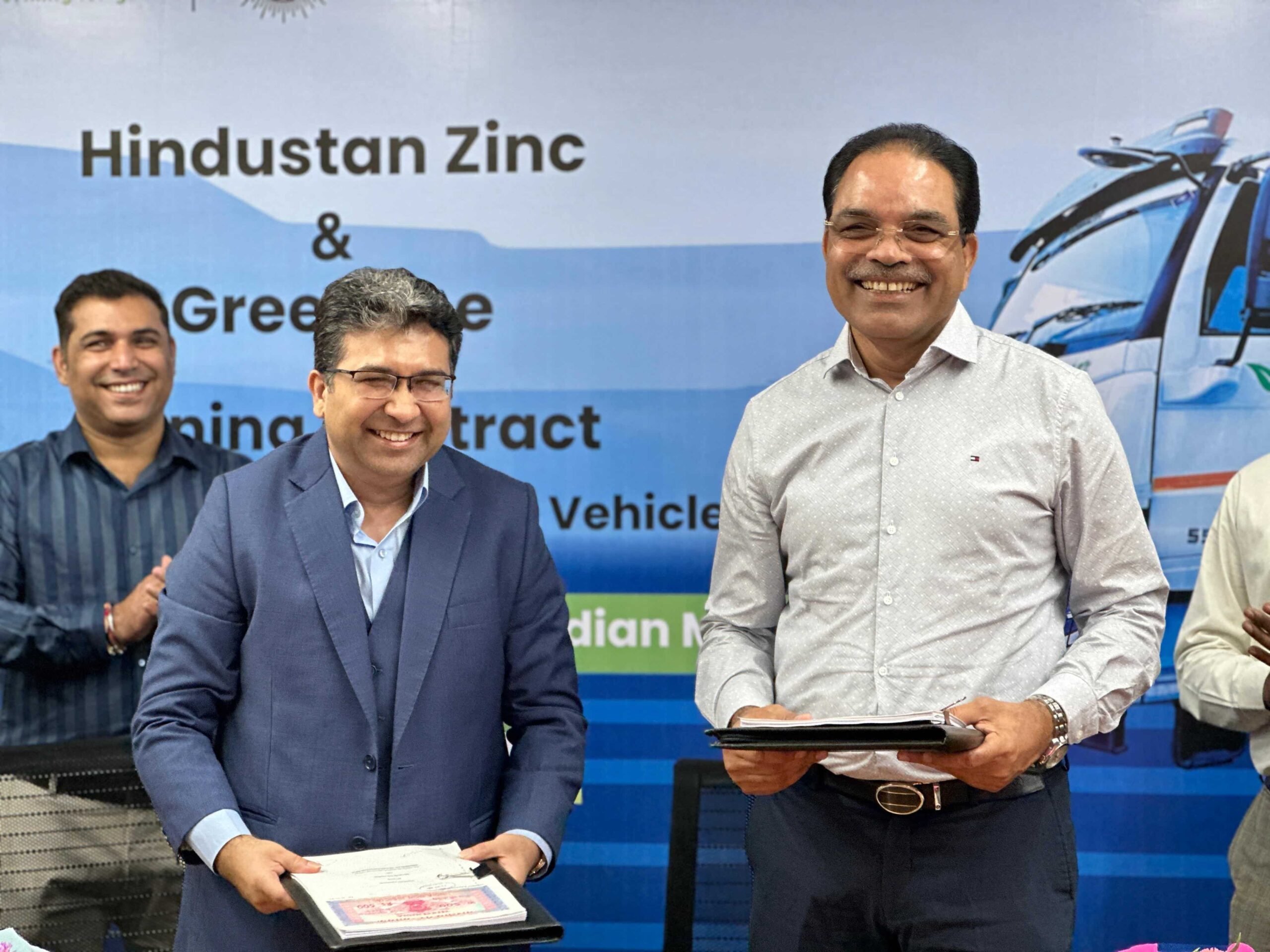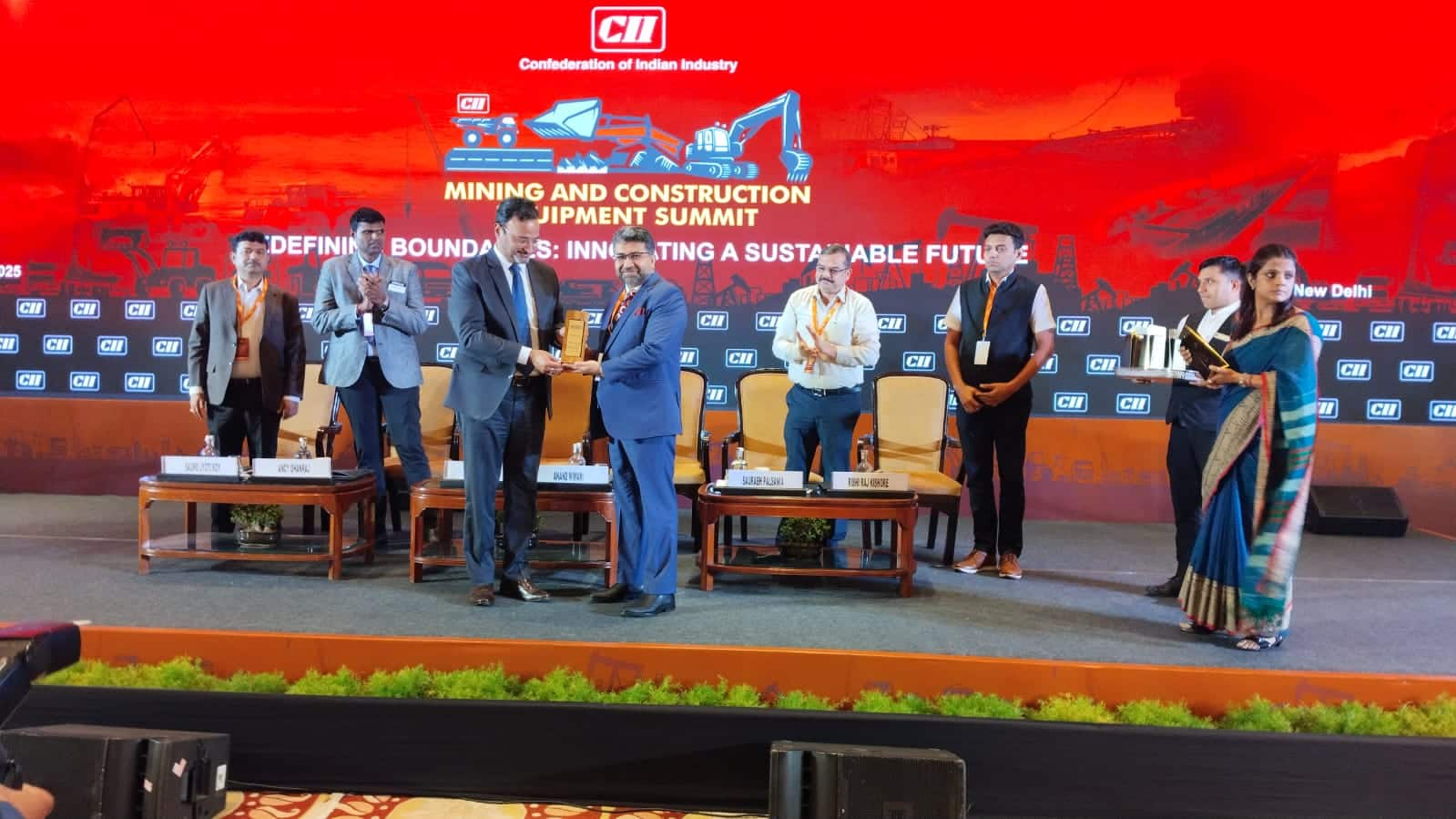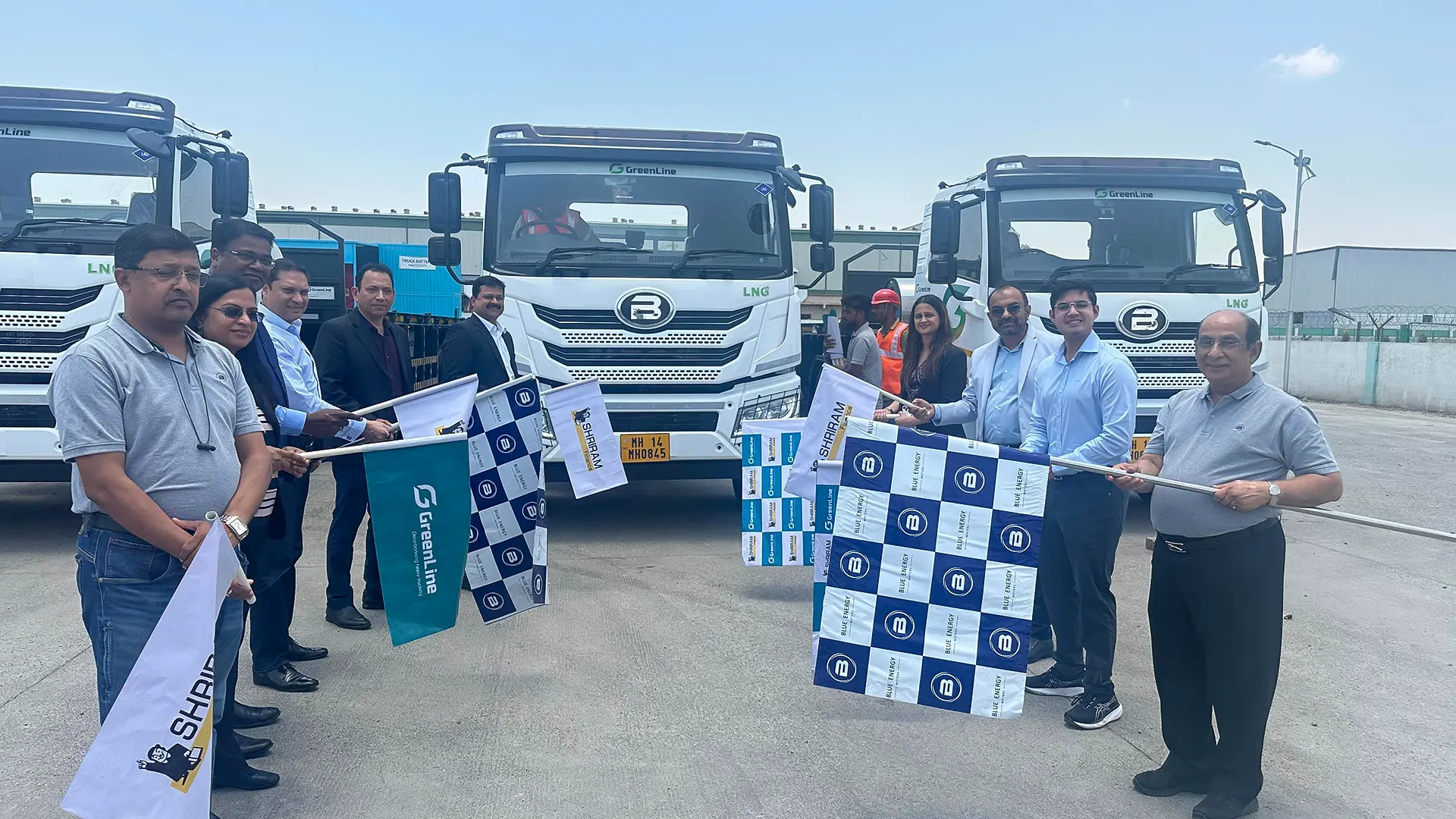Collaborationis essential to advancinggreen mobility
The need for electric vehicles is greater now than ever. What are your thoughts on this?
The demand for electric vehicles (EVs) is escalating rapidly, fuelled by growing environmental concerns and significant advancements in technology. In India, EVs are becoming an increasingly important part of the automotive landscape, with projections indicating that they could comprise a substantial percentage of total vehicle sales in the coming years. Government initiatives, such as the FAME scheme, and rising consumer awareness are driving this transition. Additionally, the EV sector is poised to create millions of jobs, highlighting its potential for economic growth. Embracing electric mobility is essential for addressing climate change and fostering sustainable development, making the need for EVs more critical than ever. However, we need to identify methods for charging EVs with renewable energy.
How is India’s green mobility sector transforming, and what factors are influencing its trajectory?
India’s green mobility sector is undergoing a significant transformation, fuelled by strong government policies, technological progress, and increased consumer awareness. The EV market is poised to experience substantial growth, with a projected compound annual growth rate (CAGR) of 40% by 2030. This growth is underpinned by substantial investments in local manufacturing and charging infrastructure. Key government initiatives, such as the FAME scheme, play a pivotal role in driving this transition. Furthermore, the Union Budget 2024-25 emphasised a focus on renewable energy and green initiatives, reinforcing India’s commitment to sustainable transportation.
What initiatives are you implementing to enhance your market presence and accelerate growth?
To enhance our market presence and accelerate growth, we are focusing on several key domestic initiatives. We are investing in research and development to continuously improve our products and introduce innovative features that differentiate us from competitors. Targeted marketing strategies are being implemented to reach our ideal customers and build strong brand awareness within the domestic market. We are also exploring strategic partnerships and alliances with domestic companies to expand our market reach and leverage complementary strengths. A critical component of our strategy is the reduction of Scope 3 emissions, which encompass indirect emissions along our value chain. By prioritising sustainable practices and collaborating with suppliers and partners, we aim to minimise our overall carbon footprint. This commitment not only aligns with global sustainability goals but also resonates with environmentally conscious consumers, enhancing our brand reputation. Through these initiatives, we aim to strengthen our market position and drive sustainable growth within India.
How effective have your green mobility launches been in reducing CO2 emissions over the past two years?
GreenLine has been at the forefront of reducing CO2 emissions with the innovative launch of our LNG trucks, equipped with Level 1 ADAS cameras and telematics data sensors. Over the past two years, our commitment to sustainability has resulted in a remarkable 30% reduction in CO2 emissions compared to traditional diesel trucks. This achievement translates to a significant environmental impact, with GreenLine successfully cutting 6,049 tonnes of carbon emissions. Such reductions not only contribute to improved air quality but also align seamlessly with India’s broader sustainability goals.
What are the primary challenges for green mobility in India, and how are current innovations addressing these issues?
India faces several significant challenges in its pursuit of green mobility, including inadequate infrastructure, high upfront costs for electric vehicles (EVs), and a heavy reliance on imported fossil fuels. These hurdles can impede the transition to a more sustainable transportation ecosystem. To address these challenges, the Indian government has introduced initiatives like the Faster Adoption and Manufacturing of Electric Vehicles (FAME) scheme, which aims to boost EV adoption and facilitate infrastructure development. A critical component of this initiative is the expansion of charging stations, with an ambitious target of 1.32 million stations by 2030. This expansion is vital for easing range anxiety among consumers and promoting widespread EV use. In addition to government efforts, private companies are stepping up to contribute to green mobility. For instance, our investment in LNG-powered trucks represents a significant step forward. These trucks reduce CO2 emissions by up to 30%, providing a cleaner alternative to traditional diesel vehicles while also improving operational efficiency in logistics. Together, these efforts are paving the way for a more sustainable transportation future in India, aligning with global sustainability goals and responding to the increasing demand for environmentally friendly solutions among consumers.
What interventions can the government implement to accelerate the growth of the green mobility sector in India?
To accelerate the growth of the green mobility sector in India, the government can implement several strategic interventions. First, expanding charging infrastructure and providing incentives for electric vehicle adoption are essential steps to encourage greater consumer uptake. Second, supporting research and development, fostering partnerships, and developing clear policies will create a favourable environment for innovation and growth in the sector. Integrating EV infrastructure with renewable energy can significantly reduce oil dependency, allowing the government to waive toll fees, offer green financing, and provide low-cost loans. Finally, promoting LNG-powered vehicles through incentives, infrastructure development, and regulatory support can further drive emissions reductions and enhance sustainable transportation options. By combining these efforts, the Indian government can create a conducive environment for the growth of green mobility, reduce dependence on fossil fuels, and contribute to a cleaner and more sustainable future.
How do your financial and technological partnerships contribute to strengthening green mobility in India?
At GreenLine, we believe that collaboration is essential to advancing green mobility, which is why we have formed partnerships with leading financial institutions to secure funding for expanding our fleet of LNG-powered trucks. This initiative not only facilitates the transition for businesses to cleaner alternatives but also significantly reduces their carbon footprints. We are actively collaborating with technology companies to develop innovative solutions that enhance fuel efficiency and explore alternative clean fuels. Furthermore, our subsidiary, Ultra Gas and Energy, is establishing a robust network of LNG refuelling stations across India, effectively removing a major barrier for businesses considering the switch to LNG trucks. Through these strategic partnerships, GreenLine is playing a pivotal role in shaping a cleaner and more sustainable future for India’s transportation sector.
What are the major growth targets, expansion plans, and strategies your organization aims to achieve over the next three years?
GreenLine’s growth plans for the next three years in India are ambitious and forward-looking. Currently operating a robust fleet of over 500 LNG trucks, we aim to expand this fleet to 5,000 trucks in the next 2 years. While our primary focus remains on heavy trucking, we are also excited to announce the upcoming launch of our electric vehicle (EV) trucks for short-haul operations, further diversifying our offerings. A key aspect of our growth strategy revolves around innovation and sustainability. We are committed to leveraging cutting-edge technologies to optimise our routes, enhance fuel efficiency, and reduce our carbon footprint. This relentless focus on innovation will drive our expansion efforts as we strive to meet the increasing demand for eco-friendly transportation solutions. With our comprehensive expansion plans, we anticipate a substantial transformation in India’s LNG network. The introduction of new refuelling stations and improved LNG availability will further support our growth trajectory, positioning us as a leading player in India’s sustainable transportation sector.


